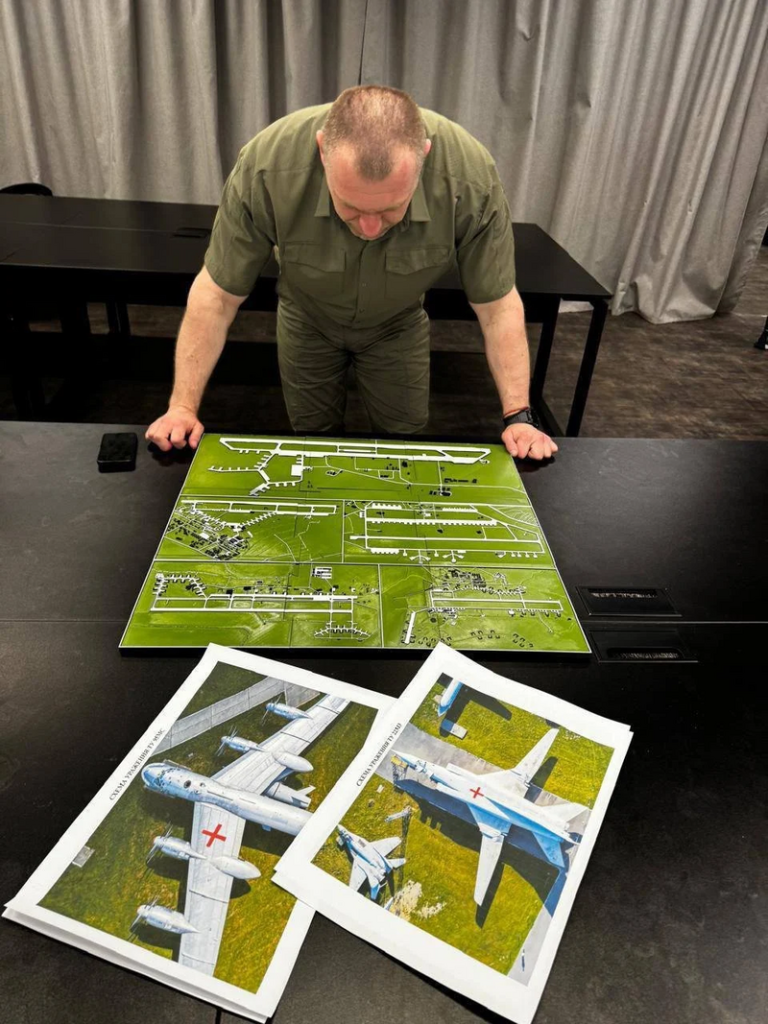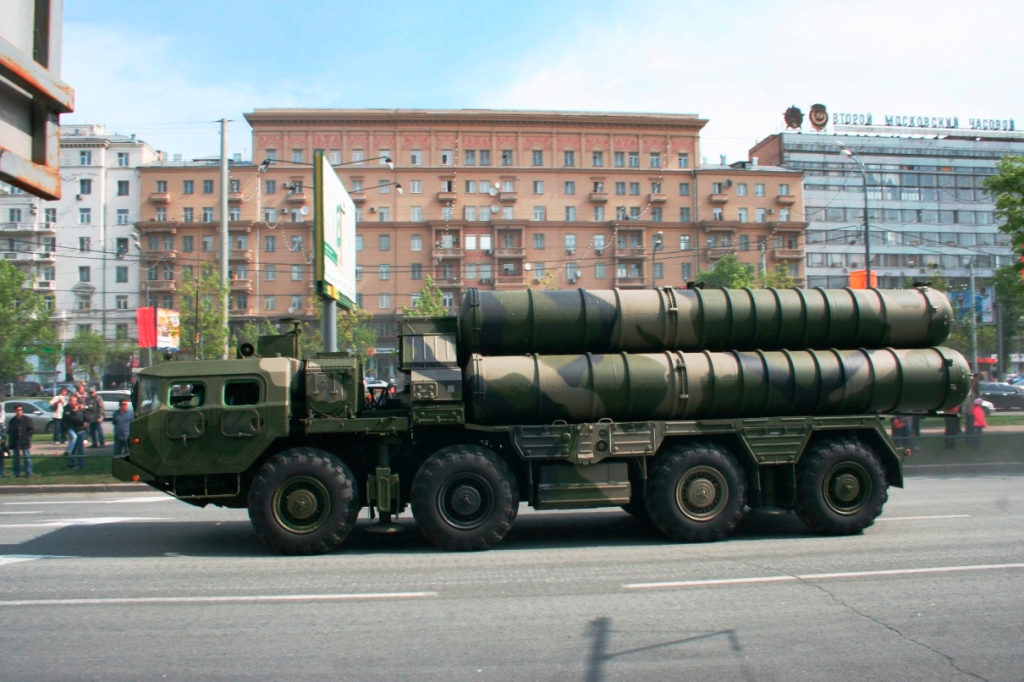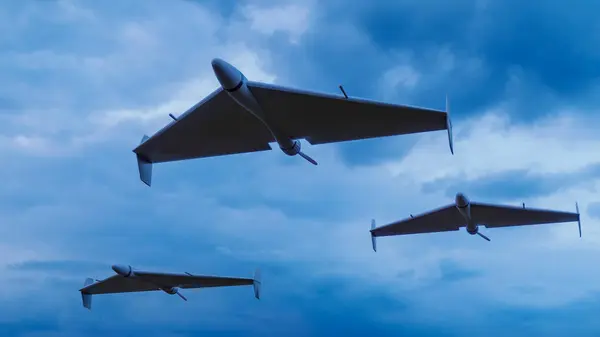
Starting with a revelatory fact Ukrainian drones are now attacking targets virtually 2,000 kilometers within Russia, reaching industrial and strategic locations previously considered out of reach. This novel range is redefining the war’s technological and tactical framework, overmatching Moscow’s air defenses and redefining the math of deep-rear security.

1. Expanding the Strike Envelope
Last year, Ukraine had asserted its long-range drones were capable of striking targets 1,800 kilometers away. Recent missions have surpassed that with strikes in Siberia and the Ural Mountains. The Tyumen intrusion was aimed at the Antipinsky oil refinery, a facility with an annual processing capacity of 9 million tons, located some 2,000 kilometers from the Ukrainian border. Local media reported explosions and emergency responses, although Russian officials said there was no damage. As International Institute for Strategic Studies’ Douglas Barrie explained, “Extending the range enables Ukraine to place more targets at risk deeper inside Russia, and further complicates Moscow’s challenge of furnishing air defense.”

2. Precision Through Indigenous Engineering
Ukraine’s deep-strike capacity is based on domestic drone systems such as the UJ-26 Bobr, An-126 Lyutiy, FP-1, and Peklo. These systems, usually with less than 200 kilograms of explosive payload, are designed for range and survivability. During Operation Spider’s Web, Ukrainian military secretly launched 117 drones from concealed truck compartments within Russia, attacking four strategic air bases and taking out more than 40 aircraft, including Tu-95MS bombers and A-50 AWACS jets. The raid combined ArduPilot-based autopilot technology with LTE network command and control, allowing for remote piloting from beyond Russian borders and AI-enhanced targeting of structural vulnerabilities.

3. Strategic Targeting of Industrial Infrastructure
Ukraine has launched more intense attacks on oil refineries and chemical facilities in an effort to enfeeble Russia’s war economic base. Plants such as the Orsknefteorgsintez refinery and the Azot chemical factory both more than 1,500 kilometers distant from Ukraine have been targeted. These facilities generate key products, from fuel for jets to ammonium nitrate, a major explosive material. With their emphasis on cracking towers in refineries, Ukraine takes advantage of repair bottlenecks that sanctions are aggravating, cutting Russia’s oil refining capacity by an estimated 38–40% and causing fuel shortages in more than 20 regions.

4. Russian Air Defense Stretched Thin
Russia’s multi-tiered air defense system, constructed around technologies such as Pantsir and S-300, is being pushed to the limit. The sheer extent of the Ukrainian drones compels Moscow to defend huge areas of space, and holes in the coverage are used for attack. Experts such as Denis Fedutinov do recognize that “such ranges may be achievable” from Ukraine, but point to the potential use of launch sites outside of Ukrainian territory. The truck-launched strikes in June evaded defenses completely, highlighting weaknesses in Russia’s detection and intercepting framework.

5. Electronic Warfare and Counter-Drone Challenges
Russian defenses become increasingly challenged by jamming-resistant drones. Newer Shahed-136 versions, being locally manufactured as Geran-2, have enhanced navigation and flight control systems with mid-course path adjustments and damage tolerance. Fiber optic–guided UAVs, immune to radio-frequency jamming, have taken Russia’s tactical range out to the front to 20 kilometers, but also present Ukraine with a defensive conundrum. Conversely, Ukraine’s long-range drones must navigate Russian EW zones, leveraging autonomous navigation to maintain course even under signal disruption.

6. Economic Warfare via Energy Disruption
The fuel shortages caused by Ukrainian missile strikes have strategic implications. In Crimea, gas stations went dry for more than a week with rationing being enforced. Retail fuel prices have increased by 20–40% in Russia’s Far East and industrial base. The Kremlin has retaliated with bans on exports and emergency imports from China, Belarus, and South Korea but are limited by the threat of Ukrainian interdiction along transit routes.

7. The International Support Role
The drone program of Ukraine enjoys the benefit of the $3 billion 2025 funding by the multinational Drone Coalition, which is led by the UK and Latvia. Denmark has already contributed $1.5 billion, and U.S. assistance has helped raise the capacity for production, with President Zelensky projecting contracts for 1.5 million drones in 2025. Such industrial ramp-up guarantees continued pressure on Russian infrastructure even when repair attempts fall short of keeping up with repeated attacks.

8. Future Directions in Drone Warfare
Both are developing strategies. Russia combines missile barrages with drone swarms to overwhelm defenses, and Ukraine uses decoy drones to attract fire and reveal gaps. The race for technology involves AI-augmented targeting, long-range propulsion, and counter-EW capabilities. As Foreign Policy Research Institute’s Robert Lee noted, drones are “ubiquitous they’re changing the nature of the fight,” with the possibility of AI allowing one controller to operate multiple UAVs at the same time.

Ukraine’s capacity to extend force deep into Russia’s hinterland is a watershed moment in the war’s technology aspect. The symbiosis of engineering innovation, strategic targeting, and economic disruption is rewriting the rules of what is now possible in modern asymmetric conflict, exposing Russia’s enormous hinterland to new vulnerability.


